Last Updated on June 26, 2023 by Ctybr67k
This post tells some of the dramatic history of the Tower of London – think imprisoned kings, beheaded queens, murdered children and a World War II spy connection – and then runs through the highlights to look out for when you visit.

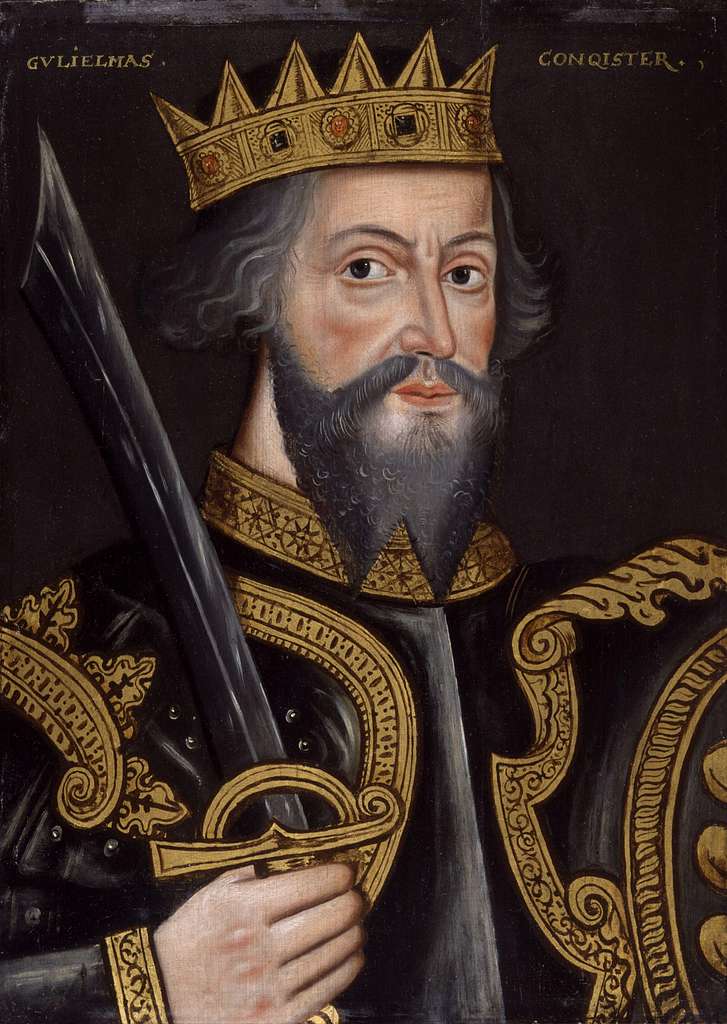
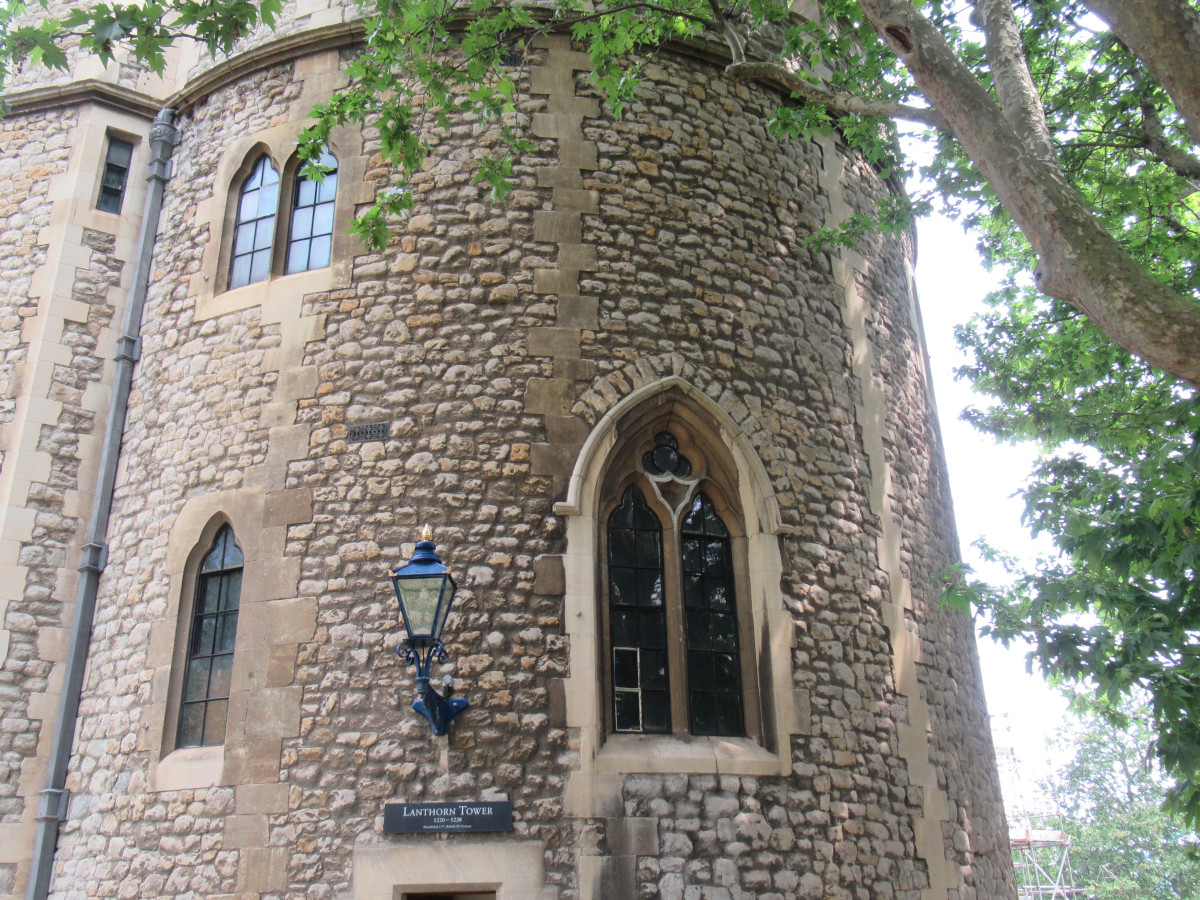
building the tower
In 1072, William the Conqueror began building the tower, keen to make a statement about the power he wielded in the country he had just conquered and to shore up his defences against his enemies. He called stonemasons over from Normandy to supervise the work of the English labourers and they brought the distinctive white stone with them from Caen, naming the White Tower because of it. Much of what you see today was added later: Sir Christopher Wren added the windows to the White Tower, for example and later monarchs enlarged the moat and added other towers. The tower’s defences were broken only once, in 1381, during the Peasants’ Revolt when rebels charged in through the gates.
episodes from the tower’s history
Monarchs imprisoned here include Richard II, locked away by his rival, Henry of Lancaster – the future Henry IV – who came down the river to visit him in 1399. Richard pleaded for mercy, admitting that ‘I know well I have greatly trespassed against you …’ but when he was found dead soon afterwards it was assumed this had fallen on deaf ears. Henry VI also died while imprisoned here in 1471. His Lancastrian supporters claimed he was stabbed while praying, almost certainly on the orders of his Yorkist rival, Edward IV, although this was strongly denied and the truth remains unclear. What is a fact is that Edward was crowned on the morning after Henry’s death.

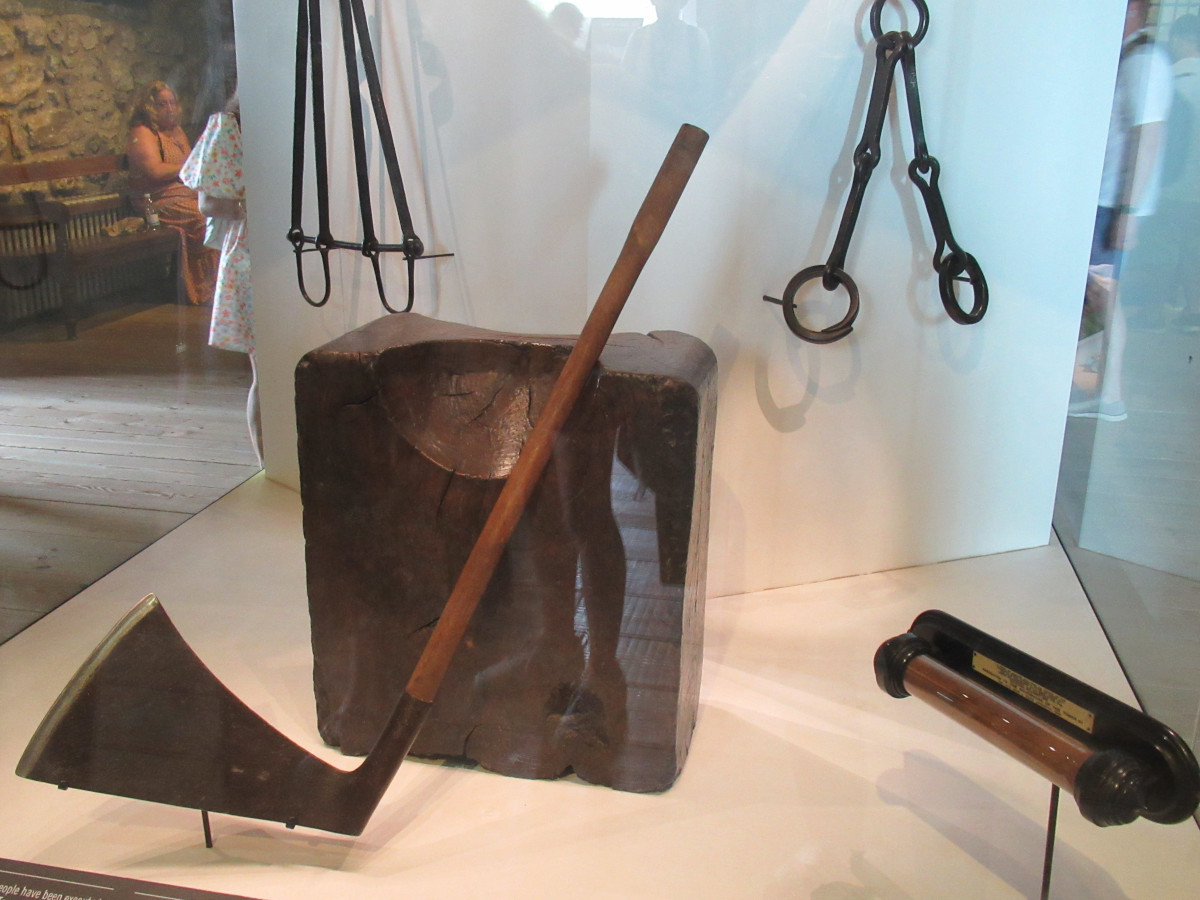
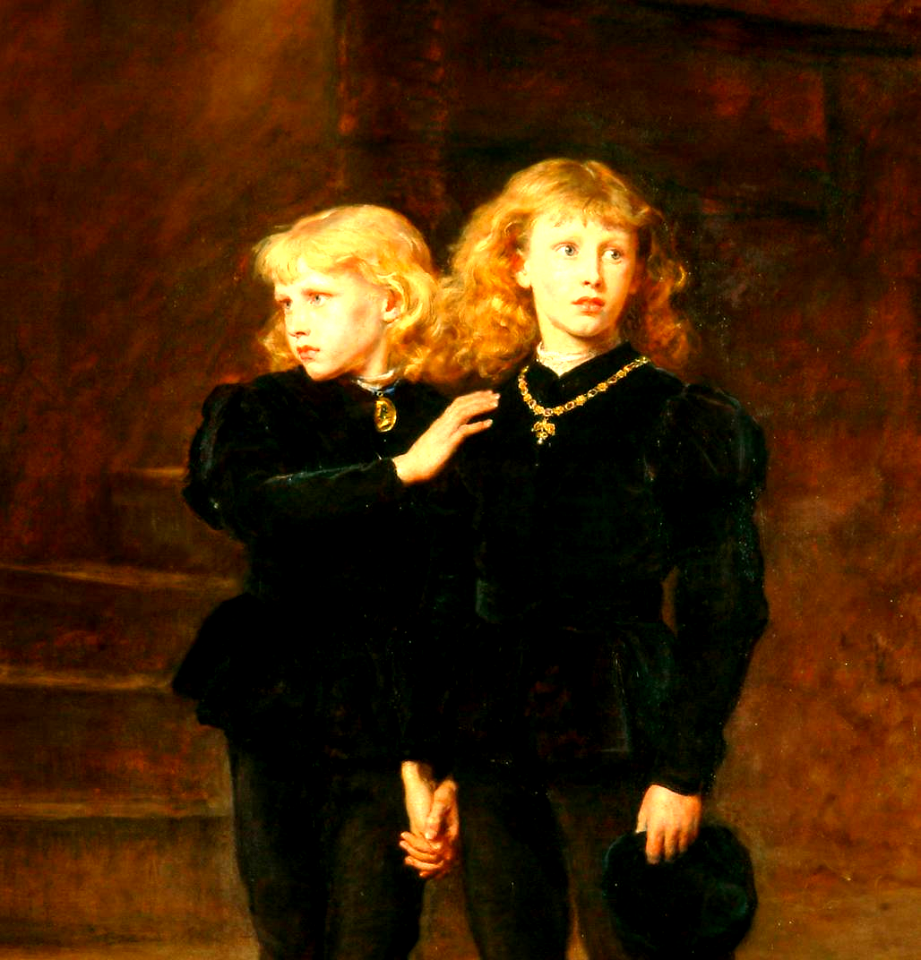
When Edward I died in 1483, his brother Richard, the Lord Protector, had the heir, 12 year-old Edward, and his younger brother taken to the Tower, ostensibly ‘for their protection’. After a few weeks, they boys disappeared and were never seen again. Richard, strongly suspected of arranging their murder, was crowned king. Thomas More, writing 30 years later, claimed that Richard had ordered two servants to creep into the children’s room at night and smother them with bedding and pillows. Bones found hidden in the tower and examined in 1933 were declared to be of two boys of the right age, but only DNA tests could say for certain whether they were those of the princes.
Henry VIII had the Tower modernised for the coronation of Anne Boleyn, who arrived by boat one night in June 1533 and was publicly kissed by Henry as she disembarked to spend the night before processing in triumph to her coronation at Westminster Abbey. 3 years later, she lodged in the same luxurious lodgings during her trial in the Tower’s Great Hall where 3000 people watched her being found guilty of adultery and treason. She was then executed on Tower Green, when an onlooker described how ‘suddenly the hangman smote off her head at a stroke’ and buried in the Tower’s Royal Chapel. Henry’s 5th wife, the teenage Katherine Howard, met the same fate in 1542.
There are lots more stories from the Tower on the podcast: Princess Elizabeth – the future queen – arriving by barge at the Tower’s Traitor’s Gate, imprisoned by her sister Queen Mary in 1554; the execution of Lady Jane Grey in 1554; the imprisonment and torture of Guy Fawkes in 1606; an attempt, in 1671, to steal the crown jewels; the German spies brought here to be shot during World War II.
what to see
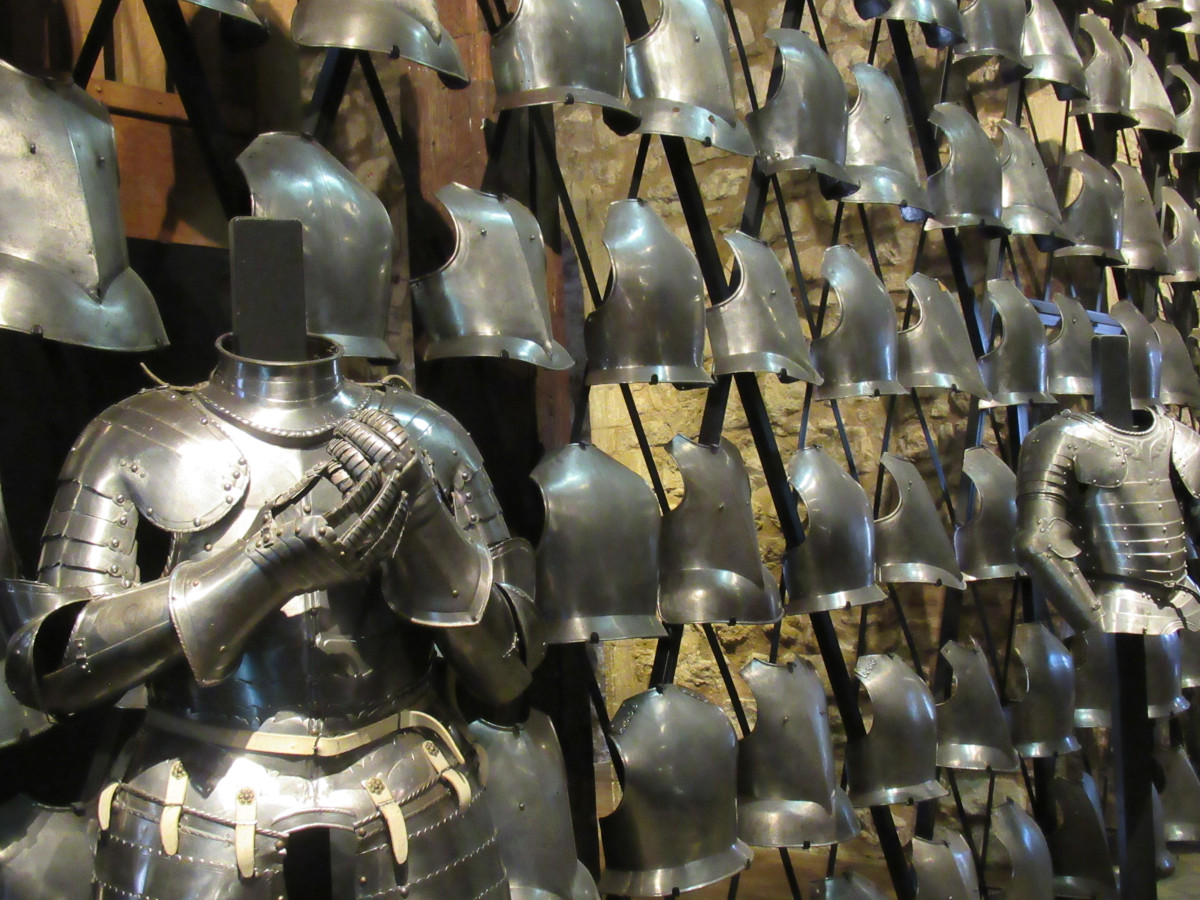
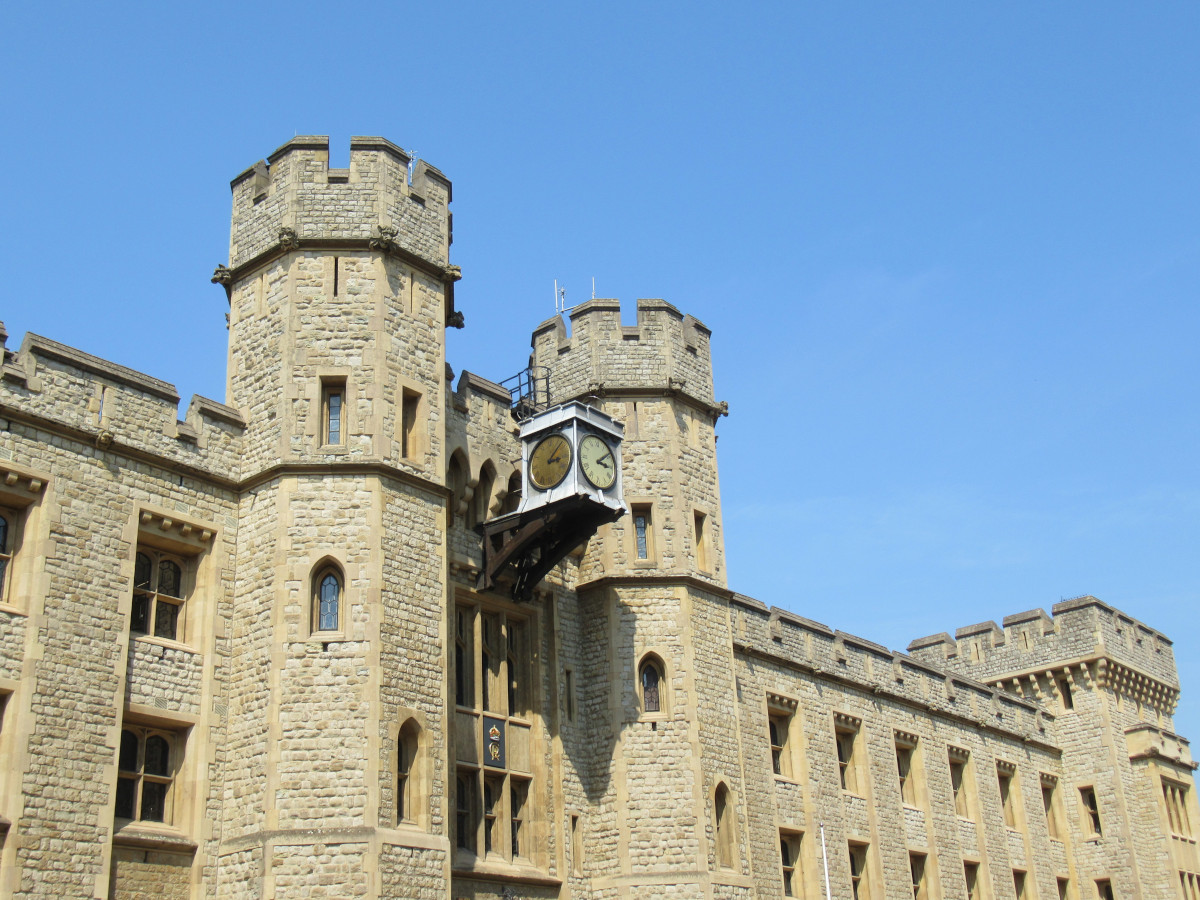
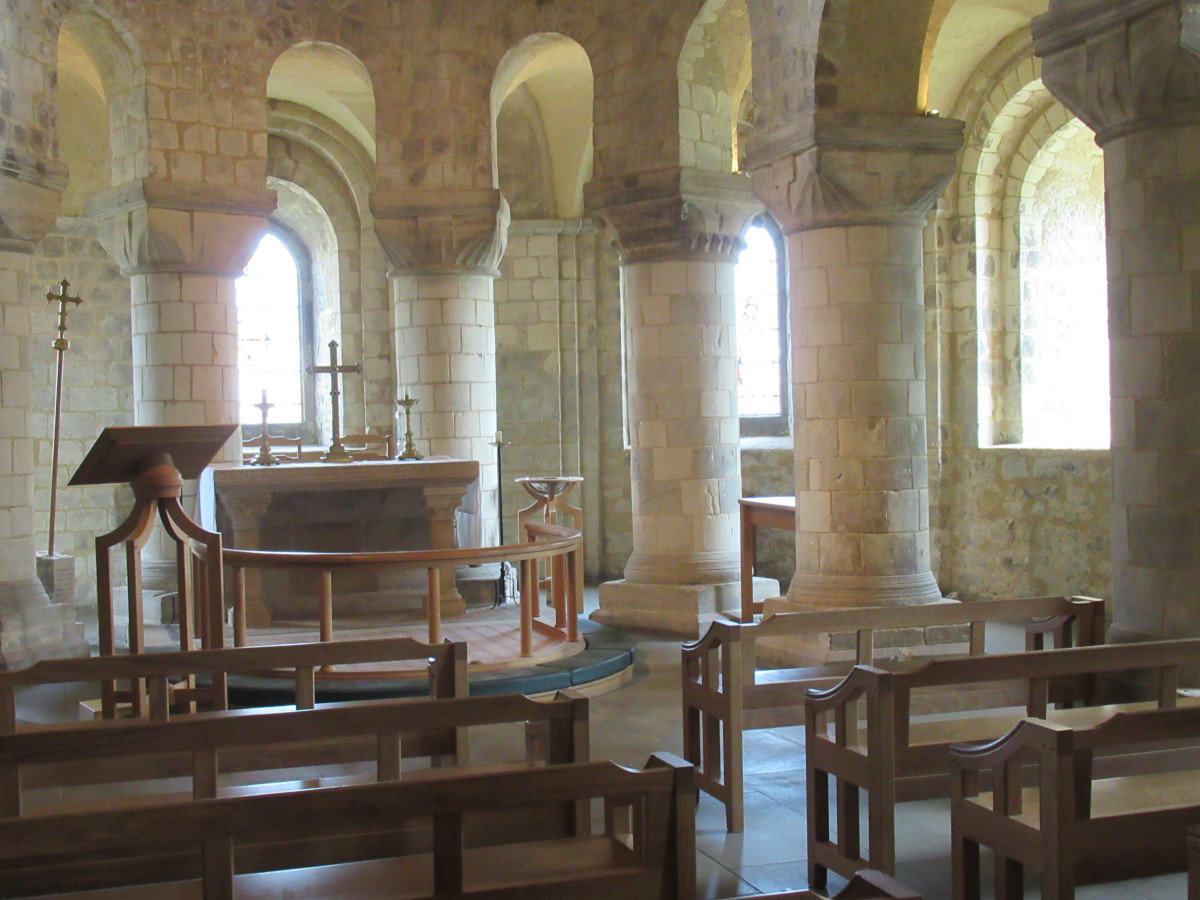
13 Towers surround the original White Tower and each has its own points of interest. In the White Tower, visit St John’s Chapel on the first floor, where royalty has worshipped for centuries and where the body of Elizabeth of York lay at rest surrounded by 800 flickering candles. Also there is the Royal Armoury and an exhibition on royal executions. The Bloody Tower is believed to be where the princes were held, plus a long list of other famous people who had fallen foul of royalty, including Archbishop Cranmer and Sir Walter Raleigh.
The Jewel House is where the Crown Jewels, robes and other ceremonial items are displayed. Highlights include St Edward’s Crown (named for Edward the Confessor), remade after the original was melted down by Parliamentarians in the Civil War, and used at every coronation since that of Charles II in 1661. Even older is the Coronation Spoon, used to anoint the new monarch at their coronation, it’s first recorded use being in the 14th century. More controversial is the Kohinoor Diamond, given to (or stolen for?) Queen Victoria in 1849, a treasure which various previous owners such as India and Pakistan are campaigning to have returned. Diplomatically, Charles III ensured it made no appearance at his coronation in 2023.
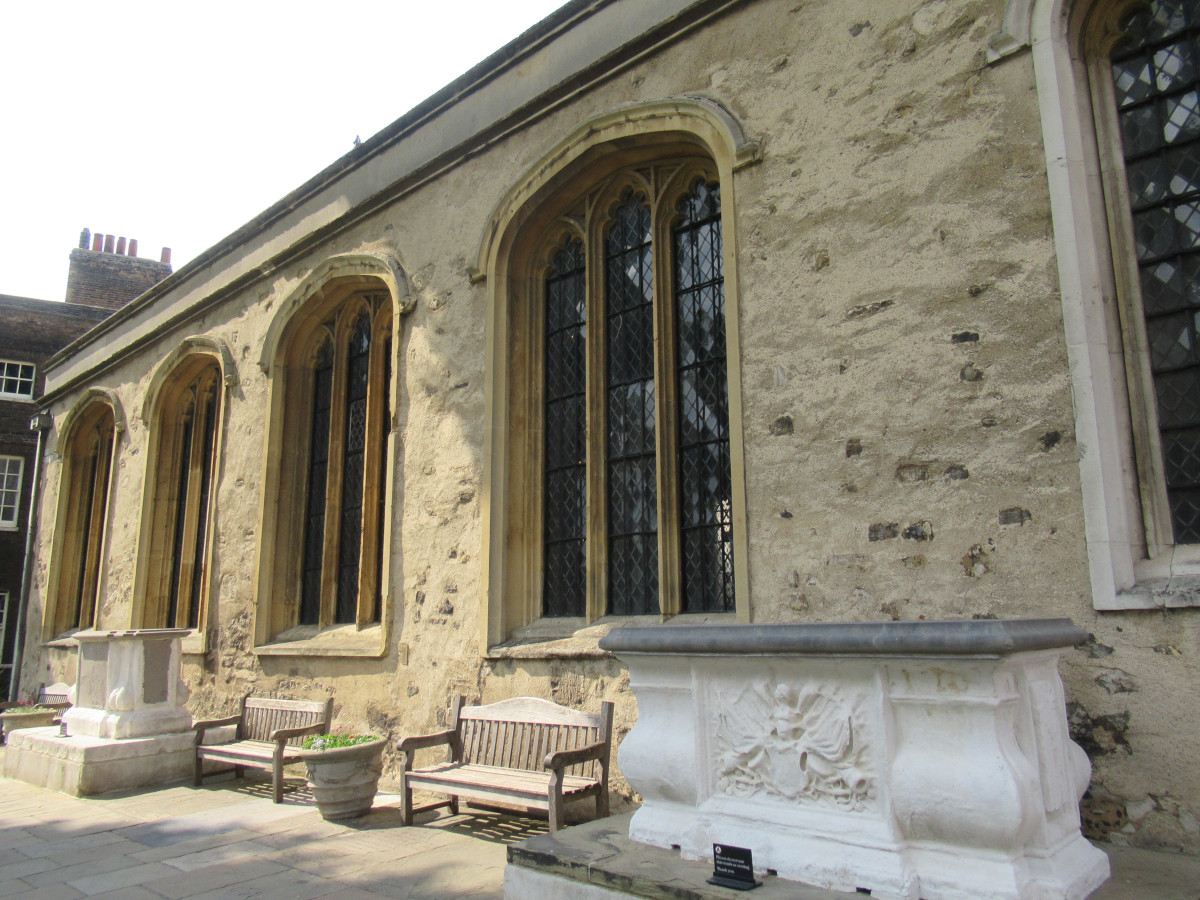


Look out for Traitor’s Gate, the riverside entrance to the Tower, through which prisoners who had been brought up the river by boat were escorted. Don’t miss Tower Green, the execution site for certain illustrious prisoners – the rest were executed more publicly on Tower Hill. Anne Boleyn, Katherine Howard and Lady Jane Grey were all executed on Tower Green, on a spot marked by a plaque noting that this is where ‘jewelled names were broken from the vivid thread of life’. The remains of all three are buried in the nearby Chapel Royal of St Peter ad Vincula.
The Yeomen, or guards, began their duties at the Tower as personal guards to Henry VIII. Today, their duties include locking and unlocking the Tower – including the Ceremony of the Keys every evening – and overseeing gun salutes on important occasions. One, known as the Ravenmaster, has the task of looking after the ravens, important because legend says that if the last raven leaves the Tower it will fall to its enemies. As a precaution, each bird has one flight feather trimmed. Other Tower legends include the ghost of Anne Boleyn, said to stalk her execution site and two smaller ghosts, those of the two little princes.
listen to the podcast
Reading suggestions
The Tower of London: The Biography by Stephen Porter
Tales from the Tower of London by Daniel Diehl and Mark P Donnelly
The Story of the Tower of London by Tracy Borman
links for this post
Previous episode The City of London
Next episode Westminster Abbey





